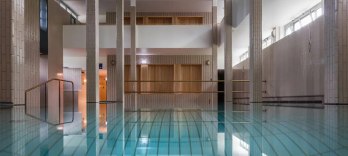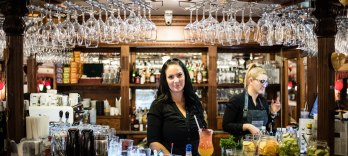Budapest Opera Tickets | Budapest Concerts Tickets
What's on
Thermal Baths Budapest
Budapest - Budapest Tours and Cruises
Sa 27 Jul 2024, 10:00 - Su 22 Dec 2024, 10:00
Sa 27 Jul 2024, 10:00 - Su 22 Dec 2024, 10:00
Sightseeing Cruises and Tours
Budapest - Budapest Tours and Cruises
Sa 27 Jul 2024, 21:00 - Su 29 Dec 2024, 21:00
Sa 27 Jul 2024, 21:00 - Su 29 Dec 2024, 21:00
Sightseeing Cruises and Tours
Budapest - Budapest Tours and Cruises
Sa 27 Jul 2024, 19:00 - Mo 30 Dec 2024, 19:00
Sa 27 Jul 2024, 19:00 - Mo 30 Dec 2024, 19:00
Sightseeing Cruises and Tours
Budapest - Budapest Tours and Cruises
Sa 27 Jul 2024, 22:00 - Su 29 Sep 2024, 22:00
Sa 27 Jul 2024, 22:00 - Su 29 Sep 2024, 22:00
Sightseeing Cruises and Tours
Budapest - Budapest Tours and Cruises
Sa 27 Jul 2024, 10:30 - Sa 26 Oct 2024, 10:30
Sa 27 Jul 2024, 10:30 - Sa 26 Oct 2024, 10:30
Sightseeing Cruises and Tours
Budapest - Budapest Tours and Cruises
Sa 27 Jul 2024, 19:00 - Mo 30 Dec 2024, 19:00
Sa 27 Jul 2024, 19:00 - Mo 30 Dec 2024, 19:00
Bestseller events
Sightseeing Cruises and Tours
Budapest -
Budapest Tours and Cruises

 EN
EN DE
DE IT
IT FR
FR ES
ES RU
RU JP
JP RO
RO








